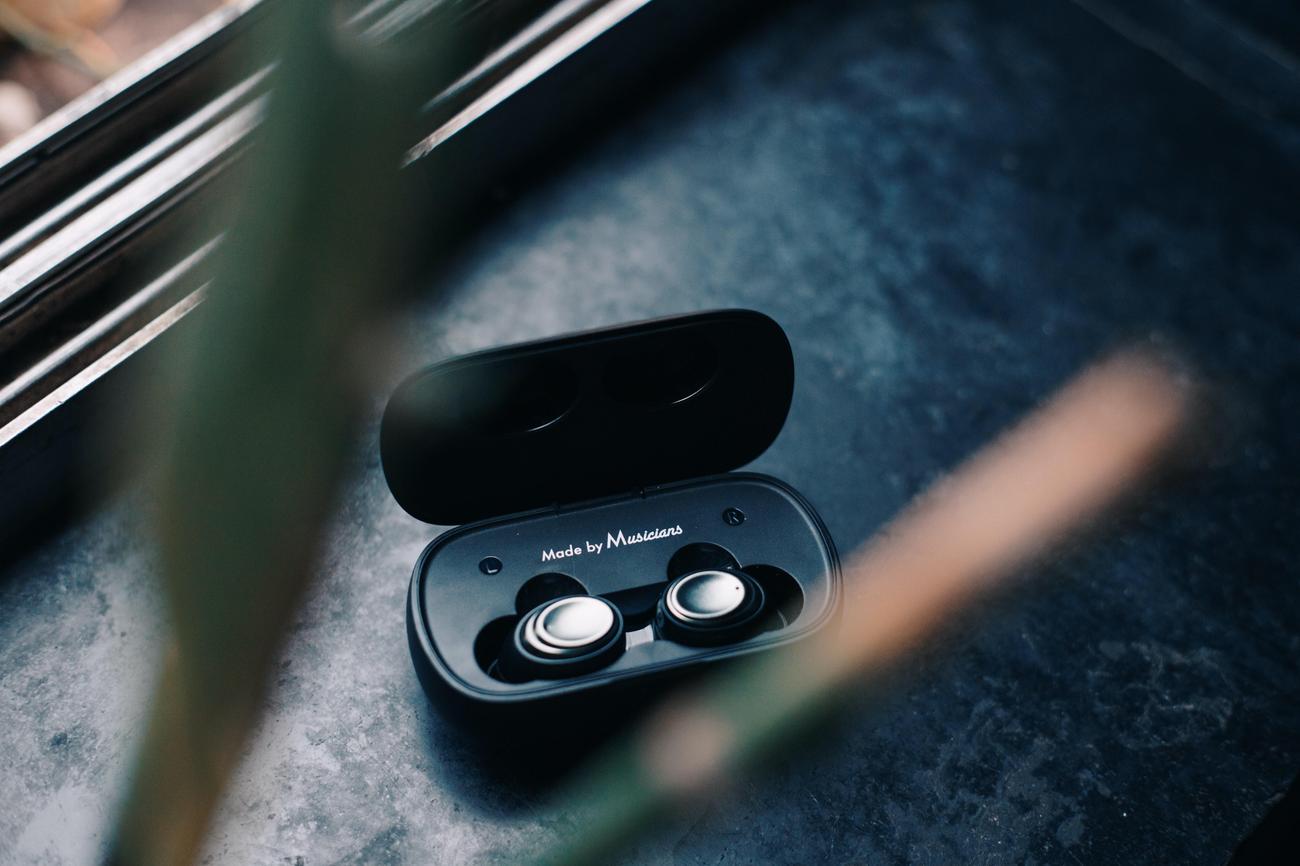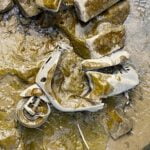Welcome to the world of slime science experiments, where curiosity meets sensory exploration, and polymers and chemical reactions come to life! In this article, we will delve into the captivating realm of slime, uncovering its secrets and the science behind its mesmerizing properties. Prepare to be amazed as we embark on a journey to understand the fascinating world of slime, guided by an experienced educator and passionate science enthusiast. Together, we will unravel the mysteries behind polymers, chemical reactions, and engage in interactive experiments that will leave you craving for more. So, grab your lab coat and let’s dive into the slimy wonders that await!

Slime Science Experiments
Slime has become a favorite among kids for its sticky, messy, and fun nature. But did you know that slime can also be a powerful tool for teaching science? In this article, we will dive into the exciting world of slime science experiments, where we will explore polymers, chemical reactions, and sensory exploration. Get ready to unleash your inner scientist as we embark on a journey of hands-on learning and discovery!
The Fascinating World of Polymers
When we talk about slime, we are actually talking about a type of polymer. Polymers are long chains of molecules that give slime its unique properties. By experimenting with different ingredients, we can create slimes with varying textures and characteristics. The magic happens when we mix together substances like glue, borax, or cornstarch, and witness the transformation from a liquid to a stretchy, gooey mass.
Now, let’s get our hands dirty and try some slime science experiments! One popular experiment is making magnetic slime. Can you imagine slime that reacts to magnets? By adding iron filings to your slime mixture, you can create a slime that is attracted to magnets. This experiment not only introduces kids to the concept of magnetism but also provides a unique sensory experience.
“Discover the wondrous world of polymers as you create magnetic slime that dances to the tune of magnets!”
Unveiling Chemical Reactions
Slime not only allows us to explore polymers but also provides a platform to delve into the realm of chemical reactions. One exciting experiment is creating glow-in-the-dark slime. By adding a special glow pigment to your slime mixture, you can make it glow under UV light. This experiment shows kids that chemical reactions can produce fascinating visual effects and sparks their curiosity about the science behind it.
Another intriguing experiment is making electric slime. By adding a conductive ingredient like graphite to your slime, you can create a slime that conducts electricity! This experiment introduces kids to the conductivity of materials and opens up a world of possibilities for further exploration in electronics and circuitry.
“Unleash your creativity and witness the magic of chemical reactions with glow-in-the-dark and electric slime!”
Beyond the Classroom: Slime Science Fair Projects
Slime science experiments are not just limited to the classroom; they can also be a great opportunity for students to showcase their scientific prowess at science fairs. Here are some project ideas that will surely impress the judges:
Slime Lens: Explore the science of lenses by creating lenses using slime. Investigate how different shapes and sizes affect the focus and magnification of the slime lens.
Slime Viscosity: Investigate viscosity, the resistance to flow, by creating slimes with varying viscosities. Test how different factors like temperature or the addition of substances like water or oil affect the slime’s flow behavior.
Slime and Non-Newtonian Fluids: Explore the fascinating world of non-Newtonian fluids by making slime that exhibits properties of both solids and liquids. Investigate how slime behaves under different conditions, such as applying pressure or stirring it vigorously.
“Take your slime experiments to the next level with these engaging slime science fair projects that will captivate both judges and spectators!”
The Benefits of Slime Science Experiments
Apart from being loads of fun, slime science experiments offer numerous benefits for young learners. By engaging in sensory play with slime, kids can refine their fine motor skills and develop their tactile senses. The mesmerizing textures of slime also provide a soothing and calming effect, making it a perfect tool for stress relief.
On the academic front, slime science experiments offer a practical way for kids to understand scientific concepts. Through hands-on exploration, they can grasp the principles of chemistry, physics, and even math. Slime becomes a medium for problem-solving and critical thinking, as kids experiment with different ingredients and observe the outcomes.
“Slime science experiments provide a multi-sensory learning experience that nurtures creativity, scientific thinking, and sensory exploration in young learners.”
In conclusion, slime science experiments offer a gateway to a fascinating world of polymers, chemical reactions, and sensory exploration. By incorporating these interactive experiments into our teaching, we can ignite a passion for science in our students. So, grab your lab coat, gather your materials, and let’s dive into the world of slime science experiments. Get ready to mix, stretch, and explore the captivating world of science through slime!
“Embark on an enchanting journey of slime science experiments, where curiosity and learning go hand in hand!”
To learn the art of creating mesmerizing slime, you need to know How To Make Slime. With just a few simple ingredients and easy-to-follow steps, you can become a slime-making expert in no time. So, what are you waiting for? Dive into the enchanting world of slime-making by clicking here: How To Make Slime. Uncover the secrets of this gooey, colorful wonderland and let your creativity flow as you concoct your very own slime masterpieces. Get ready for a sensory adventure like no other!

FAQ
Question 1
What are some popular slime science fair project ideas?
Answer 1
Some popular slime science fair project ideas include exploring magnetic fields with slime, creating glow in the dark slime, experimenting with electric slime, and using slime to make lenses. These projects not only allow kids to have fun with slime but also provide opportunities to learn scientific concepts.
Question 2
What can kids learn from slime science experiments?
Answer 2
Slime can be used to teach various scientific concepts and make learning more fun. Through slime science experiments, kids can explore subjects like sensory play, chemistry, math, and problem-solving. They can learn about viscosity, textures, and non-Newtonian fluids. Slime science projects can also be great hands-on activities for classrooms and STEM/STEAM activities.
Question 3
Why is slime loved by kids?
Answer 3
Kids love slime because it is sticky, messy, and tons of fun to play with. The squishy texture and vibrant colors of slime are very appealing to them. Slime provides a sensory experience that engages their tactile senses and provides a unique playtime activity.
Question 4
Are there resources available for slime science experiments?
Answer 4
Yes, there are numerous slime science experiments and recipes available online that you can try. These resources provide step-by-step instructions and necessary materials for conducting a variety of slime experiments. They also offer explanations of the scientific concepts behind each experiment.
Question 5
What can children learn from engaging in slime science experiments?
Answer 5
Through slime science experiments, children can develop a comprehensive understanding of polymers, chemical reactions, and sensory exploration. These experiments allow them to observe and analyze how different ingredients interact to create slime. By simplifying complex concepts through engaging experiments and captivating storytelling, children can learn the science behind slime in a fun and interactive way.
- Unlock Filipino Culture: A Deep Dive into Traditions and Practices - April 23, 2025
- Unlock Spanish Culture: Insights & Opportunities Now - April 23, 2025
- White Spirit Uses & Substitutes: A Deep Dive for Pros & DIYers - April 23, 2025
















